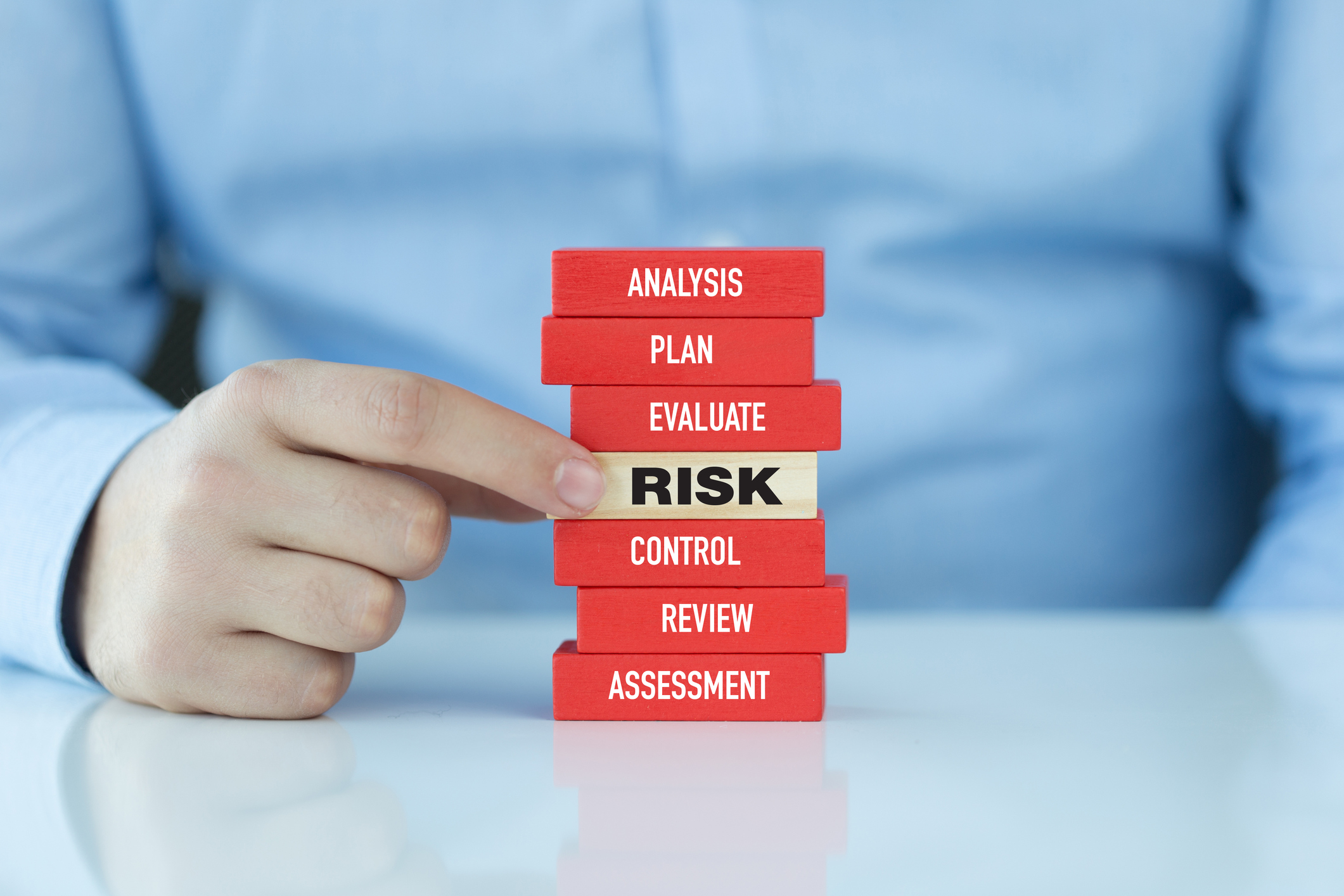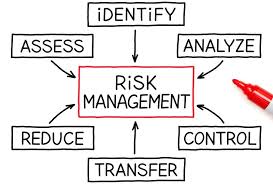
Risk Management Tips for Businesses and Manufacturers
Risk management is essential in all industries. The role of risk management is to reduce accidents and also prevent losses. Taking the necessary measure can save the business a lot of time and money. The best thing is you can take a short course that will help you to learn how to manage risk in your preferred industry.
Here are some risk management tips to put in mind:
Determine the Point of Weakness
 The first step is to determine the points of weakness. Determining the vulnerable areas in your business requires a lot of awareness. When identifying the areas of weakness in your business, you will be required to ask a lot of questions.
The first step is to determine the points of weakness. Determining the vulnerable areas in your business requires a lot of awareness. When identifying the areas of weakness in your business, you will be required to ask a lot of questions.
If you are analyzing risk in business, ask all the employees their challenges. Asking questions is very important to learn more about your business. It is also possible to find the areas of weakness just by observing. You can learn how your business works and identify the risks through observations.
Look for Risk Preventive Measures
After determining the weak areas of your business, the next step is to look for preventive measures. You can start by listing possible ideas on preventing risk. For every risk that you are facing in your business, there is a measure that you can take to minimize or eliminate it.
Looking and brainstorming for ideas is the best way to go about it. When looking for preventive measures, please do not shy away from asking your employees about their ideas.
Implement Preventive Measures
Implementing preventive measures is where risk management starts. This is the process of trying to find out the risk management ideas that work to prevent risk. The process of implementing risk preventive measures might belong, but it is definitely worth it.
This is the experimental stage, and you need to be patient during the process. Sometimes you will be required to try different measures and strategies before finding out what actually works.

Report
Reporting is the last stage of risk management. At this stage, you will get results on the implementation. You can use the report to make changes that you need to prevent risks.
Reporting is all about making changes based on the data that you already have. A report that is analyzed will act as a guideline for risk management.
